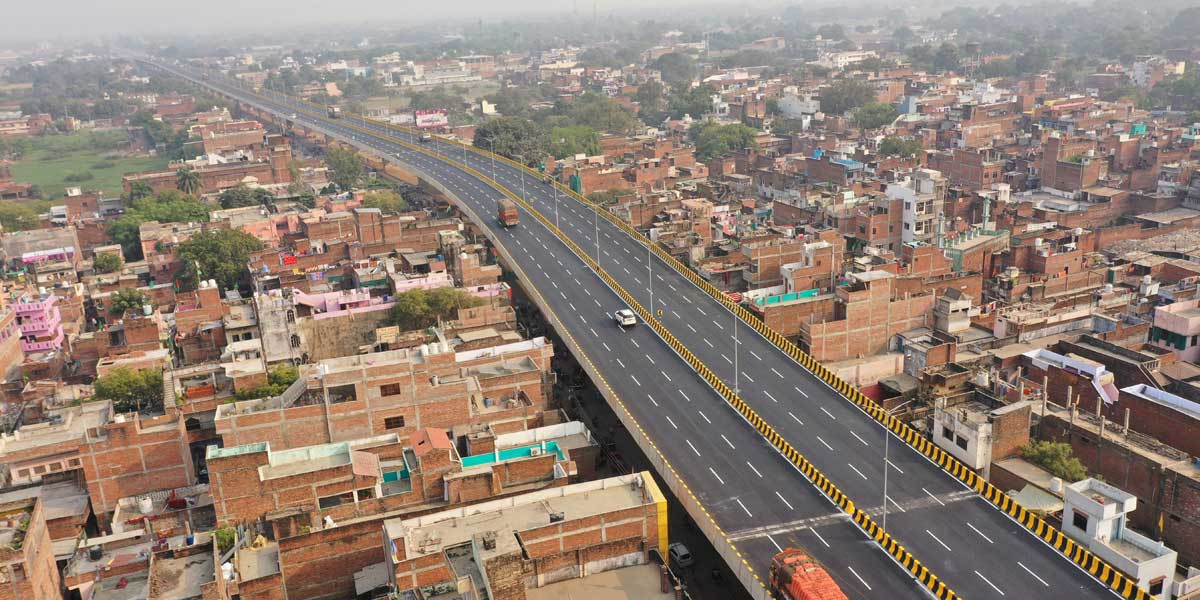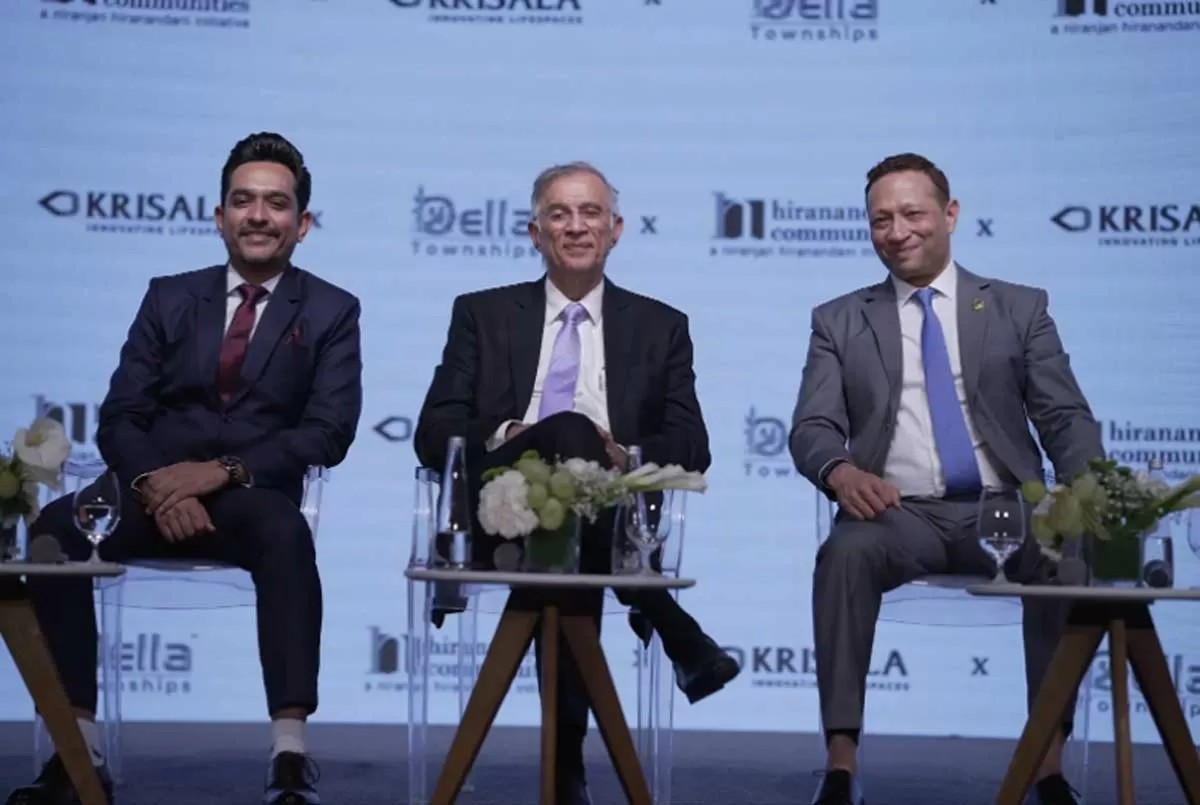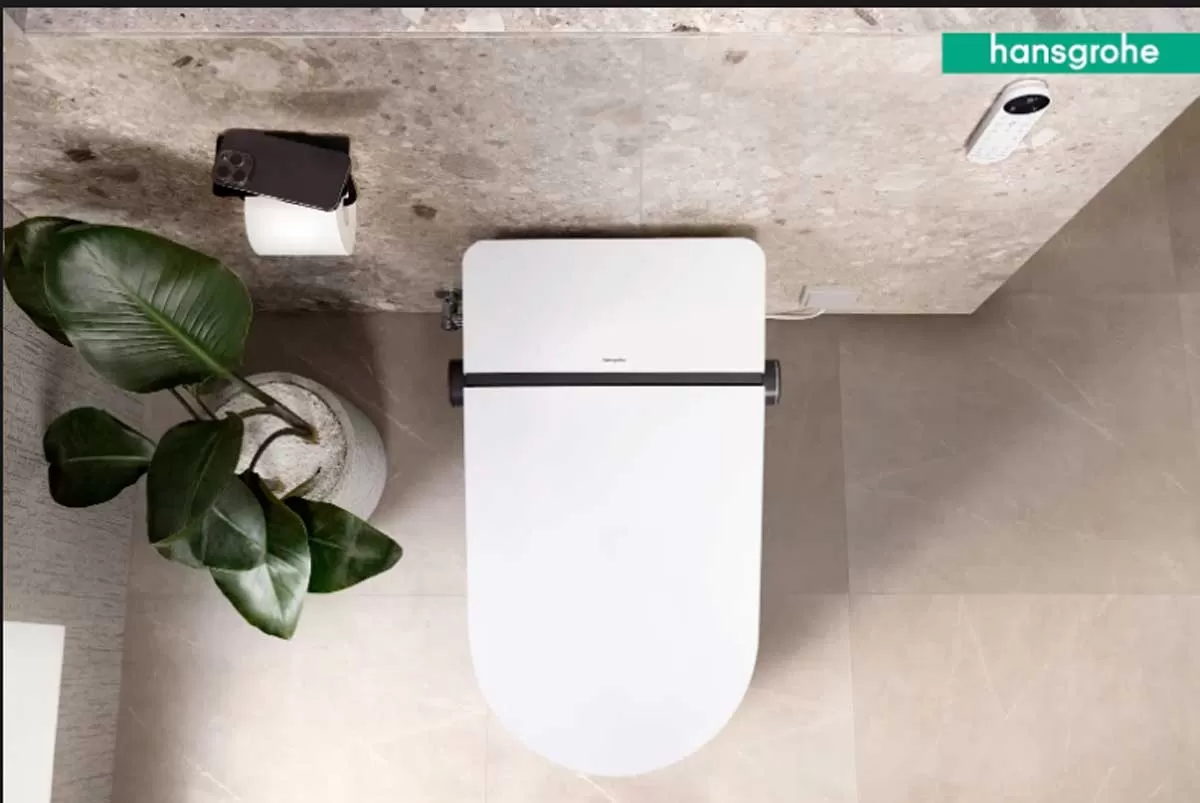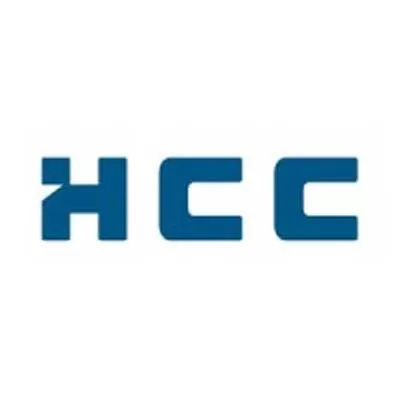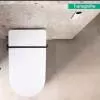In its most recent development, what connects the two oldest cities of Prayagraj and Varanasi? It’s the six-lanning of Handia to Varanasi section of NH-2 from 712.900 km to 785.544 km in Uttar Pradesh under NHDP Phase-V on HAM. At Rs 24.47 billion, the completion of this highway has opened doors of accessibility for national and international tourists and devotees. It is also a major part of Delhi Calcutta Golden Quadrilateral Project-1 and Asian Highway-1. The stretch passes through the major districts of Eastern Uttar Pradesh, i.e., Prayagraj, Bhadohi, Mirzapur, and Varanasi.
How has this benefitted the two cities? The travel time between Prayagraj and Varanasi has been reduced to one and a half hours to two hours only, which was three to four hours previously.
Initial brief
The NHAI (developer) tender document provided the development features as six lanning of existing four lane Road in 72.644 km length, with provision of five new elevated structures, three new grade separators, three minor bridges, 10 new VUPs, and 12 new PUPs, and provided the inventory of four-lane existing road.
As for manpower, machinery and time, RC Jain, Sr Vice President-Operations, GR Infraprojects, says. “We have used short term schedule to map out the detailed tasks needed to coordinate day-to-day work in each specific activity for timely completion of the project.” The schedule was developed by the key personnel of the highway and structures team to plan and coordinate their work at the detail level. Further, the schedules used to be revised by the team on every one, two or four weeks depending on the complexity of the work. “This encouraged continuity of work to complete it within its given time schedule of 910 days. Although, it was a one project, we planned it in five separate packages and mobilised the team accordingly.”
Machinery and materials
A huge fleet of specialised plant and equipment was procured.
Ratan Lal Kashyap, Sr Vice President-Procurement, GR Infraprojects, says, “Camp sites were established at five locations on the project stretch to execute such humongous task within such a short period. Further, the advanced and newly purchased fleet or equipment or machineries has played a vital role, due to less maintenance and good efficiency.”
In highway works, Kashyap mentions, two concrete batching plants for PQC concrete; and advanced HMP plant, WMM plant along with a number of pavers, graders, dozers, excavators, rollers, and dumpers.
As for structure works, he lists:
Four concrete batching plants to produce concrete.Three hydraulic rig for piling works along with cranes of the required capacity.
Boom placers, transit mixers, shuttering and stagging material and other allied tools and tackles for concreting works.
Further, four launching girders were operated simultaneously on five elevated structures having 228 spans of PSC precast segmental spine and wings in the superstructure.
Four high-capacity cranes for launching of the flyover girders.
Developing a casting yard with EOT cranes, batching plant, and automatic cutting and binding machine for reinforcement.
Advanced quality control lab for testing concrete and various other materials.
Further, in terms of vital construction materials used in highway construction, Kashyap mentions, “VG-40 Grade of bitumen for enhanced performance; polymer modified bitumen for BC for enhanced performance; and CTSB in Subbase to improve the CBR.” As for structure works, he adds, “TMT Steel of Grade FE 550D: 45,000 MT; high tensile strand (HTS): 6,500 MT; spherical bearings: 932; and modular expansion joints, which were used in the superstructure of the elevated structures.”
How technology took over the construction challenge!
While like in case in almost every mega project, construction-related challenges do exists, and Jain elaborates on the role technology has played in overcoming the same.
RE wall: A huge quantity of earth fill was required for filling at the RE wall locations. For fulfilling the required quantity, the earth was stocked at various locations prior to the rainy season, by which we were able to continuously carry out the work. Further, the traffic was also plying on the existing four lane area, and hence, work had to be executed with deployment of machinery with precise safety.
Kanwar Yatra during the July- August each year and Kumbh Mela – in Jan 2019 were the main deterrents of progress. During this period, administration would take over control of the site to maintain safe passage for pilgrims travelling between Prayagraj and Varanasi. Progress was drastically hampered during such events. To overcome the situation, additional latest machinery and manpower was deployed during day and night.
Highway works: Availability of hindrance-free land is the most challenging part, which constrains to execute the work in bits and pieces involving a lot of shifting of machinery, which was overcome by deploying extra machinery and continuous planning.
Structure works: An elevated structure having 23.55 m deck width with single pier is the most challenging to design and even more difficult to execute in a densely populated area managing the flow of existing highway traffic in available ROW of 26-30 m at most of the places. To overcome such challenges, segmental superstructure with spine and wings arrangement had been adopted. Spine and wings segments were casted in the casting yard, transported by specially-designed trailers and were erected by launching girders, and thereafter, prestressed with high capacity jacks.
Despite deployment of various techniques and technologies, complete work was suspended at the onset of pandemic. “But later,” Kashyap says, “…with the help of administration, by adopting standard operating procedures for preventing COVID-19 among the workers, maintaining social distancing, and maintaining the hygienic conditions at camps and workplaces, we could start the critical works with 20 per cent of workforce, which was gradually increased by us in the next three months as per the approval from the local administration.”
Accident-free execution and safe activity
The total number of labours involved in this project varies month-to-month, but on an average, 367,500 man-month labours were deployed during the construction period. Also, an elaborate safety plan was prepared at the start-of-the-art work and regular safety audits were conducted by the safety consultant appointed by the client, i.e., NHAI. Jain says, “NHAI has helped us in ensuring safety in the work zone for traffic as well as the workforce.” Further, he adds, “We also had our separate safety team, which ensured safety measures were undertaken before the start of each activity and until the safe completion of the same.
Impact on economic development
This project will lead to various benefits such as economic development due to better connectivity between Allahabad and Varanasi and other areas of Uttar Pradesh, employment opportunities to locals during construction and operation phases, road safety due to proposed improvement of the road project, reduction in vehicle operating costs, environmental benefits such as reduction in emissions and noise levels due to smooth traffic flow on the improved road, improvement in existing cross drainage structures leading to avoidance of water logging along the road.
Project detailsProject cost: Rs 24.47 billion
Month of completion: November, 2020
Construction period: 910 Days
Total length: 72.644 km
Developer: National Highway Authority of India, New Delhi
Concessionaire: Varanasi Sangam Expressway
EPC Contractor: GR Infraprojects
Consultant: Theme Engineering Services, Jaipur
Equipment supplier: Used owned equipment by GR Infraprojects
Steel supplier: SAIL, TATA Steel
Road Signages and Thermoplast production: In-house development
- SHRIYAL SETHUMADHAVAN
